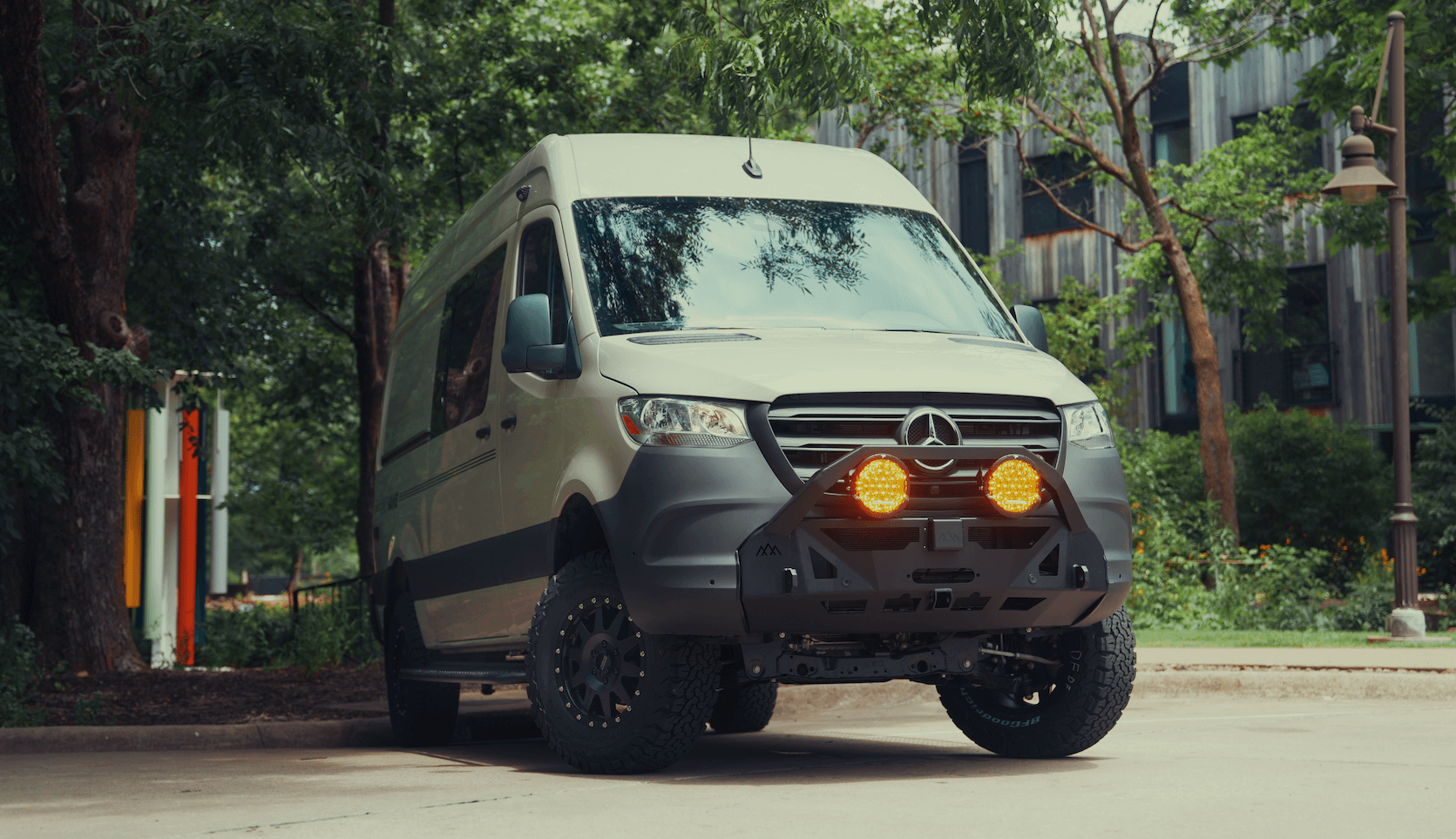Recreational Vans

Across the United States, a camper van is a road friendly home for two to four people that doubles as a daily driver. Built on cargo van platforms like the Mercedes Sprinter, Ford Transit, and Ram Promaster, the american camper van prioritizes maneuverability, fuel efficiency, and easy parking over sheer size. Unlike larger motorhomes, camper vans keep systems compact and efficient while still delivering a kitchen, sleeping space, and often a bathroom.
The american campervan evolved from surf shacks and ski rigs into refined micro apartments on wheels. Today’s camper vans use high roof shells, insulation, and modular cabinetry to create tidy living zones with good storage. They also lean into all season use with heat, ventilation, and winterized water options. Searchers sometimes type camper camper van when hunting listings, and it still means a compact, self contained camper van.
Wheelbase affects turning radius and interior layout. Short wheelbase vans are nimble in cities and trailheads, while extended wheelbase vans carry longer beds, indoor showers, and bigger galleys. High roof vans allow most adults to stand upright and enable overhead cabinets. Many buyers pair high roofs with all wheel drive or four by four for snow, sand, and forest roads.
Efficient layouts turn a narrow rectangle into a comfortable living room, kitchen, and bedroom. Common solutions include a rear fixed bed with garage storage beneath, a convertible dinette that becomes a bed, and a side galley with a sink, fridge, and induction cooktop. Wet baths fit in the mid cabin when needed, though many travelers prefer portable toilets and outdoor showers to save interior space.
Storage strategy defines how relaxing a camper van feels. Overhead lockers hold clothing and light gear. A rear garage swallows bikes, skis, camp chairs, and recovery tools. Soft goods go in packing cubes and under seat drawers. Good insulation and vapor barriers keep temperatures stable and limit condensation, while window covers add both privacy and thermal control.
Couples often choose a transverse rear bed in Promaster due to its wider body, while Sprinter and Transit builds commonly run a lengthwise bed for taller sleepers. Families add certified seat positions using smart rail floors or swivel captain’s chairs at the front. Murphy beds flip up to free floor space for bikes or a workstation during the day.
Modern camper vans can live unplugged for days thanks to lithium batteries sized from 200 to 600 amp hours or more. Solar panels top off the bank when parked, while a high output alternator replenishes power while driving. Shore power inlets let you plug in at a driveway or campsite. Most systems feed an inverter for 120 volt outlets and dedicated circuits for induction cooking, air conditioning, and laptops.
Water systems start with a freshwater tank between 10 and 30 gallons paired with a compact pump and PEX plumbing. Grey water goes to an underslung tank or a portable container. Outdoor showers through the rear doors keep the interior dry and simple, while enclosed wet baths serve winter trips or stealthy urban nights. Induction cooking is common because it is quick, clean, and safe inside a small space. Diesel or gas fired air heaters sip fuel from the vehicle tank, making them efficient and reliable in cold weather.
Ventilation is a must in any camper van. Roof fans, sliding window vents, and screened openings move moisture out after cooking and showers. In hot climates, some builds include a 12 volt air conditioner and extra battery capacity to run it for short windows during the afternoon. Safety features mirror modern vans, including stability control, backup cameras, and advanced driver assistance systems. Many travelers add cellular boosters or satellite internet for remote work, turning the van into a rolling office.
Building materials matter in a moving home. Lightweight plywood, aluminum framing, and composite panels reduce weight and rattles. Sound deadening and closed cell foam quiet the ride and keep the cabin comfortable. Tie down points and through bolting are essential so cabinets and beds remain stable over time.
Compared with towables and large motorhomes, camper vans shine in versatility. They slip into street parking, navigate trailheads, and sip less fuel. The tradeoff is smaller tanks, less cargo capacity, and tighter sleeping arrangements for families. For many, the balance is perfect for weekend trips, extended road tours, and remote work stints.
In short, the american camper van is a compact home that does not ask you to compromise on mobility. It stretches a modest footprint into a tidy, quiet, and capable living environment for real travel.
Strong design and professional installation turn these concepts into a reliable rig. If you want to explore options, review our Recreational vans to see how different platforms become practical, cohesive camper vans tailored to real trips.
Thoughtful planning is the difference between a van that works and one that frustrates. From bed height to electrical loads, small decisions stack up. A professional team can translate your routes, hobbies, and passenger needs into smart storage, quiet interiors, and dependable systems so your camper vans perform smoothly in all seasons.
Ready to see how those choices come together in a finished build. Explore examples on our Custom build van page, or compare platform forward options via Mainstream vans to align budget, financing, and timeline.
Final step to the road Tell us how you travel, where you camp, and what must ride along. We will map the layout, power, and storage for your american camper van and deliver a vehicle that feels natural on day one.
Ready for a purpose built camper van that fits your routes and routines. Tell us how you travel, and our team will design and build the right solution. Start your custom quote today.
ADDRESS:
6159 E Huntsville Rd, Fayetteville, AR 72701
PHONE:
(479) 326-9200
EMAIL:
info@ozkvans.com